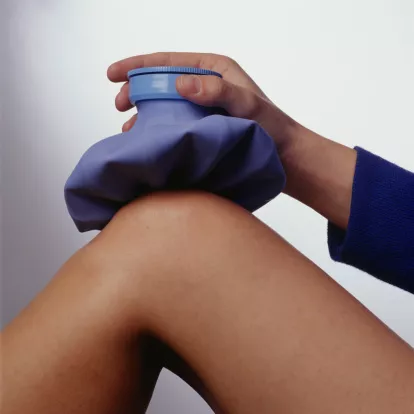How Do Meniscus Tears Affect Athletes?
In young athletes, most injuries to the meniscus are a result of trauma. The menisci are vulnerable to injuries in which there is both compression and twisting across the knee. Meniscus tears are common in contact sports, like football, as well as in skiing and volleyball. It is also common for the meniscus to be injured in conjunction with other knee injuries, including tears of the ACL.
If one of your athletes has experienced a meniscus tear, he or she may notice swelling and pain in the knee, a popping sensation during the injury, difficulty bending and straightening the leg, and a tendency for the knee to get stuck or locked up.
Knee experts recommend that patients rest the knee and avoid putting weight on it as much as possible. Icing can also reduce pain and swelling if done for 20-30 minutes every 3-4 hours for 2-3 days following the injury. Using an elastic bandage, straps, or sleeves to compress can also control swelling.
In cases of more severe tears, repair of the meniscus may be necessary. The decision to repair is based on many factors, including the location of the tear and age of the patient. In patients whose meniscus is unlikely to heal on its own, surgery to remove the torn section is recommended. Though the meniscus plays an important role in the function of the human knee, once it’s torn and unable to be repaired, many of the beneficial aspects of that structure are lost.
Most people who’ve had surgery for a torn meniscus see excellent short-term results, but studies show they are at a higher risk for developing knee arthritis later in life.
If you think one of your athletes has suffered a meniscus tear or other knee injury, call the doctors at Tri-County Orthopedics at (973) 538-2334.
